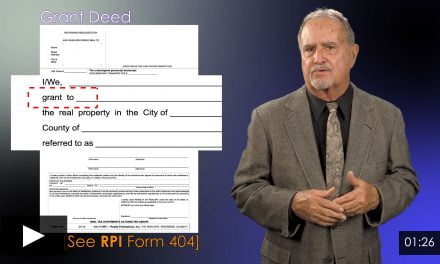When first tuesday asked readers in 2018 whether import trade barriers such as tariffs drive up the cost of housing, the answer was a clear yes. However, a more recent iteration of the question provoked uncertainty among respondents — those who answered were almost evenly split, only a slight majority favoring the idea that tariffs drive up housing costs.
But as the Trump administration continues to ramp up its trade war with China — most recently with a round of tariffs imposed in early September — the question is more pressing than ever. Tariffs often seem like economic abstractions, but buyers and sellers need to know how these trade barriers affect them in concrete terms.
So how do tariffs influence the housing market?
A downward spiral
In March 2018, the administration instituted tariffs on homebuilding goods such as steel and aluminum — materials that mostly affect the construction of commercial and multi-family buildings — on top of a 2017 tariff on Canadian lumber, which had a significant impact on residential construction.
The trade war escalated in May 2019, when the administration increased tariffs on $200 billion worth of goods — $10 billion of which are used to build homes, according to the National Association of Home Builders (NAHB) — from 10% to 25%.
The NAHB referred to the move as a “$2.5 billion tax on housing.”
The bottom line is these tariffs make it more costly to construct a home, and those costs are passed onto homebuyers. When it costs more to build a home, it costs more to buy one.
In fact, according to the California Building Industry Association, the tariffs have raised the cost of constructing a new home by $20,000 to $30,000 on average.
The question we should be asking isn’t “Do tariffs lead to rising housing costs?” but “How much do tariffs raise housing costs?” The reality is import trade barriers like tariffs inherently push those costs upward, and home builders aren’t the ones bearing the brunt of the impact — homebuyers are.
Where does it go from here?
While demand for housing as a result of higher prices isn’t likely to drop in California due to the state’s housing shortage, those in the market for new homes will almost certainly feel the tariffs gnawing at their bank accounts.
But with a recession setting in, additional tariffs on solar panels, washing machines, furniture and an assortment of other imports make it more and more difficult to attain a high standard of living in California. This means homeowners will also feel the sting of tariff-related costs as they find it more expensive to maintain and renovate their homes.
Whether the tariffs are achieving their intended purpose — that is, shrinking the US trade deficit and increasing American manufacturing jobs — it’s hard to deny their effect on the housing market, even in California.
As the trade war shows no signs of slowing down, expect the cost of imported homebuilding goods, and by extension the cost of homebuilding and homebuying, to continue to rise.




















What Recession? What color is the sky on your World?